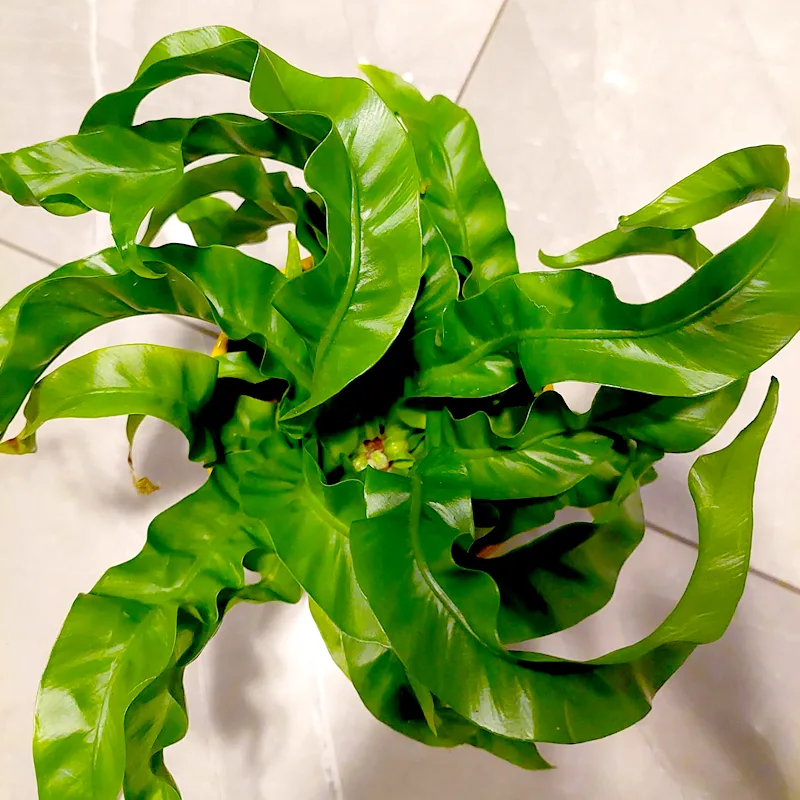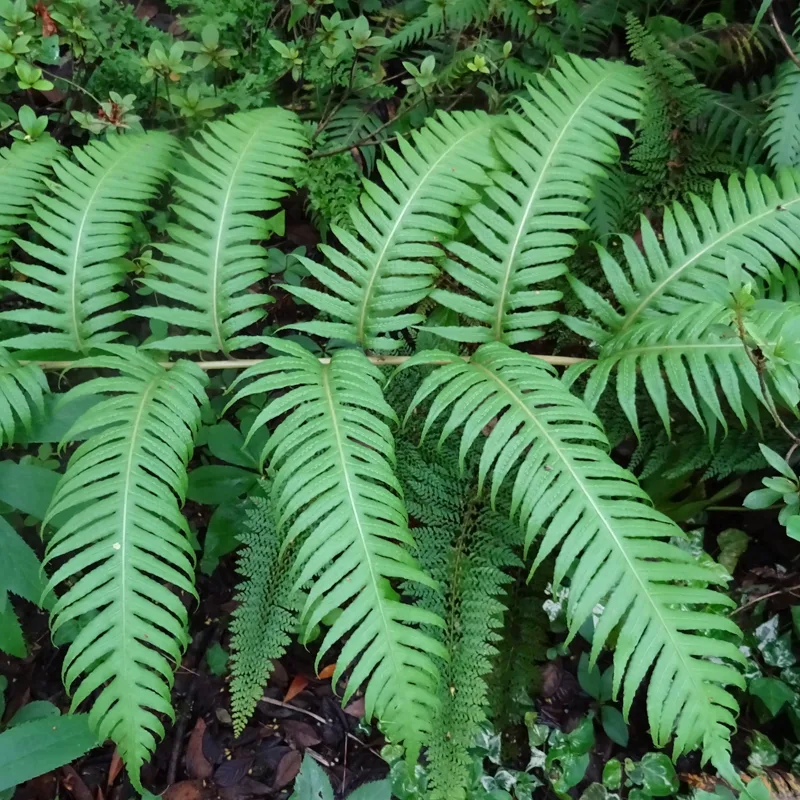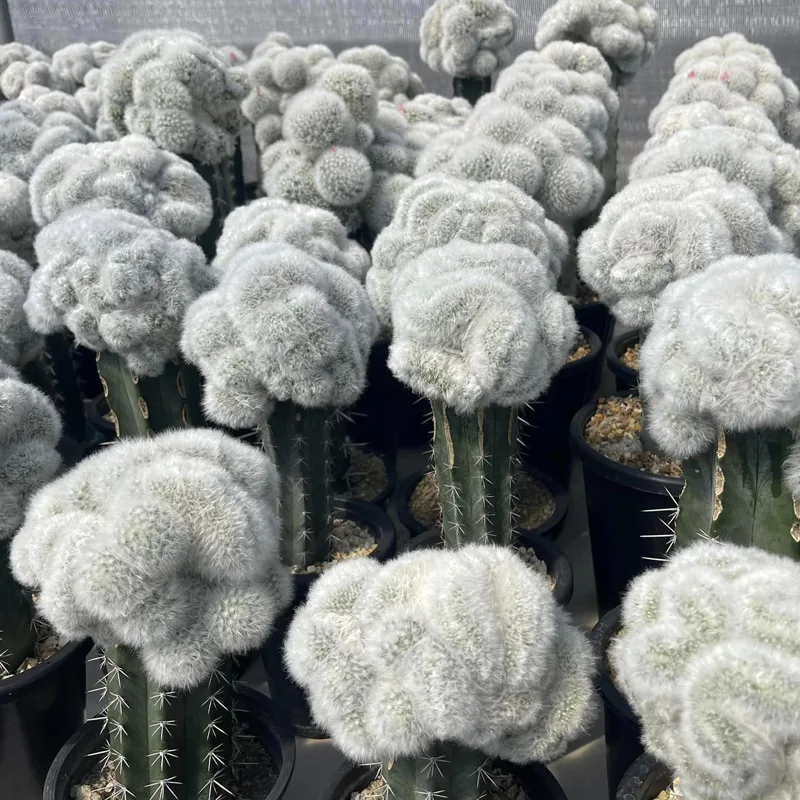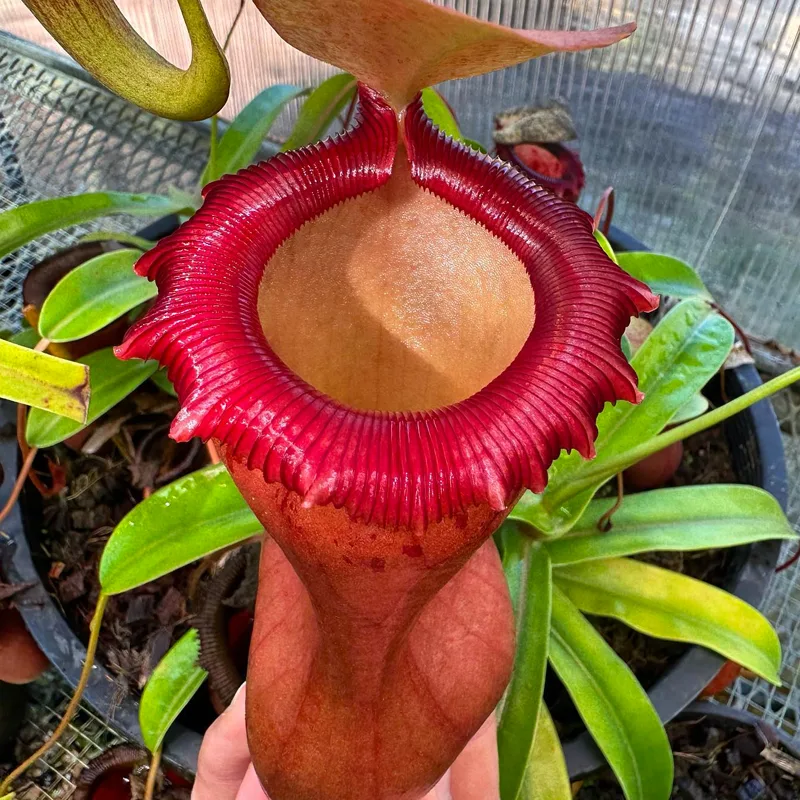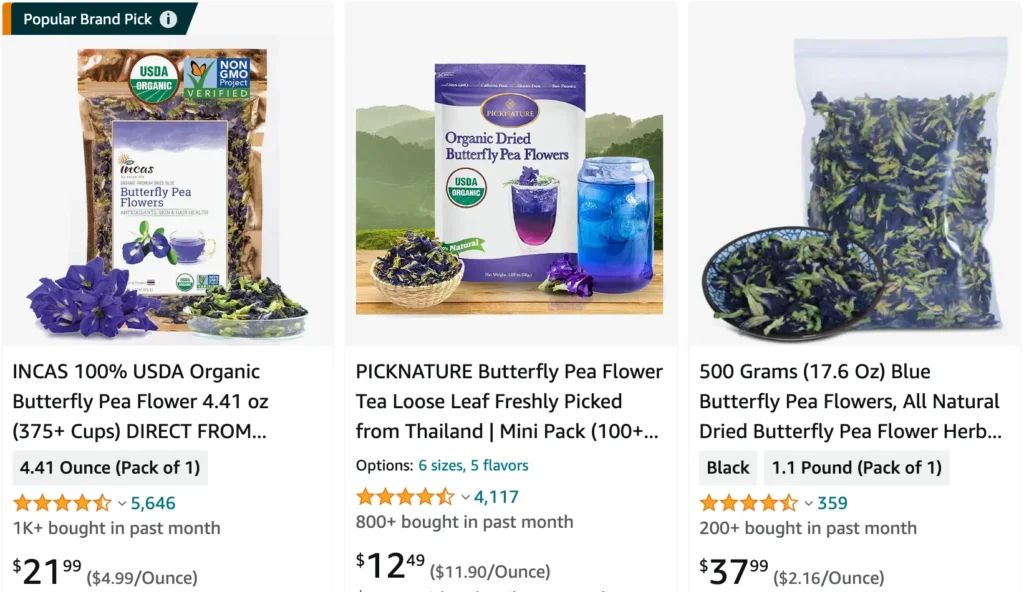
What is Clitoria Ternatea?
Clitoria Ternatea, also known as butterfly pea, has been a delightful addition to my garden with its vibrant blue flowers that bloom abundantly and add a pop of color.
66 Species in Genus Clitoria
What is butterfly pea tea?
Butterfly pea tea, or blue tea as some call it, has become my new favorite afternoon pick-me-up. It’s a vibrant blue colored herbal tea made from these beautiful pea flowers. I actually first saw it at a Thai restaurant a while back and was mesmerized by the color! It turns out, it’s not just gorgeous but super easy to make at home too. I just steep the dried flowers in hot water for a few minutes, and voila, I have this calming blue beverage. The taste itself is pretty mild, slightly earthy with a hint of floral sweetness. It’s perfect on its own or I sometimes add a squeeze of lemon which makes it magically turn purple! It’s such a fun and delicious way to relax in the afternoon.
What does butterfly pea tea taste like?
The taste of butterfly pea tea is subtle and depends on how you brew it. On its own, it’s quite mild. It has a slight earthiness, like a very light green tea, but not bitter. There’s also a hint of sweetness that some people describe as floral, though it’s not strong enough for me to really pick up on that. The first time I tried it, I was surprised because the vibrant blue color had me expecting a bolder flavor. It’s definitely more about the visual impact and the health benefits for me, but I do enjoy the subtle earthiness. It’s a nice change from stronger flavored teas.
How to make butterfly pea tea?
Making butterfly pea tea is a breeze and so much fun because of the color changing magic! I usually use dried flowers, but I’ve heard fresh ones work too. First, I heat up some water in a kettle. While that’s boiling, I put a few dried butterfly pea flowers in my favorite mug or a teapot. Then, once the water’s hot, I pour it over the flowers and let them steep for 5-10 minutes. The longer you steep, the more intense the blue color becomes. The coolest part is that you can add a squeeze of lemon or lime juice after steeping, and the tea magically turns a beautiful purple! It’s like a science experiment in your cup. I strain out the flowers and then enjoy my tea hot or iced. It’s a refreshing and beautiful drink that’s become part of my daily routine.
Is butterfly pea flower poisonous?
The good news is that butterfly pea flowers, the part used to make the tea, are generally considered safe to consume in moderation. I love steeping them in hot water to enjoy their beautiful blue color and mild taste.
However, it’s important to be aware that the seeds and roots of the butterfly pea plant can be poisonous. These shouldn’t be consumed and are typically discarded when harvesting the flowers for tea. If you’re growing your own butterfly pea plant, it’s best to be cautious and avoid the seeds and roots altogether.
Is butterfly pea tea safe for pregnancy?
I haven’t been able to find any definitive information on butterfly pea tea being safe during pregnancy. There just aren’t enough studies out there yet. While the tea itself seems generally safe for most people, I’m always extra cautious when it comes to what I consume while pregnant.
Since the effects on pregnancy aren’t fully known, I personally avoid butterfly pea tea when I’m expecting. There are so many other delicious and pregnancy-safe herbal teas out there that I’d rather stick to those for peace of mind. Maybe I can revisit butterfly pea tea after the baby arrives! It’s always best to consult with a doctor before trying any new herbal tea during pregnancy, just to be on the safe side.
Can butterfly pea tea cause miscarriage?
Here’s what I’ve learned about butterfly pea tea and miscarriage. It’s a little concerning. Some sources say the tea is generally safe for pregnancy, but others raise a red flag. This worries me because anything that might mess with pregnancy hormones is a hard no for me.
Apparently, butterfly pea flowers contain flavonoids, which can trigger uterine contractions. Uterine contractions are great during childbirth, not so much when you’re trying to keep a little one safe inside! While I haven’t seen any definitive research on miscarriage specifically, the possibility of contractions is enough for me to avoid it while pregnant. Better safe than sorry! I’ll stick to my chamomile tea for now and maybe revisit the butterfly pea magic later.
Can you smoke butterfly pea flower?
I’ve seen some conflicting information about smoking butterfly pea flowers. While some sources say it’s generally safe, others advise against it altogether. Smoking anything carries health risks, so I’m definitely not going there.
Personally, I much prefer enjoying butterfly pea flowers in a tea. It’s a safe and delicious way to experience the beautiful blue color and potential health benefits. There are so many ways to enjoy the tea hot or iced, and it’s a fun conversation starter too, thanks to the color changing with lemon juice. Sticking to the tea seems like the much better option to me!
Where to buy butterfly pea flower?
I’ve actually had success finding butterfly pea flowers in a couple of places. Since I enjoy a good cup of tea, specialty tea shops are always my first stop. They usually have a great selection of loose leaf teas, and butterfly pea flower is becoming increasingly popular. They might even be able to recommend other delicious floral or herbal teas to try alongside it.
Online retailers are another option, especially if you can’t find them locally. Places like Amazon or [store that sells herbs and teas online] often carry dried butterfly pea flowers. The benefit there is selection and convenience, though you might miss out on the personal touch and expertise you get from a tea shop.
Finally, depending on where you live, some Asian grocery stores might stock butterfly pea flowers. It’s worth checking out, especially if you have one nearby!
How to use butterfly pea flower for hair growth?
While I love butterfly pea tea for its taste and color, I’ve been reading a lot about using it for hair growth too! The science is still out there, but many people swear by it.
There are a couple ways I’ve come across for using butterfly pea flower on hair. One is to steep the flowers in hot water to make a tea, just like you would for drinking. Then, after it cools, you can use it as a hair rinse after shampooing. Some folks even add a squeeze of lemon for that beautiful purple color!
Another way is to make a hair mask. There are tons of DIY recipes online that combine butterfly pea tea with other hair-nourishing ingredients like yogurt, honey, or avocado. You massage the mask into your scalp and hair, leave it on for a while, and then rinse it out.
I’m excited to try these methods myself and see if I notice a difference in my hair growth. It definitely can’t hurt to give it a shot, especially since the tea itself is so easy to make. Just remember, consistency is key with hair care, so I’ll have to keep at it for a while before I see any real results.
What is butterfly pea powder?
Butterfly pea powder is basically the ground-up version of the beautiful butterfly pea flower I use to make tea. It’s made by drying the flowers and then grinding them into a fine powder. Since I’m a big fan of the flower already, this powder has become a fun new way to experiment in the kitchen.
The cool thing about the powder is that it keeps the vibrant blue color of the flower, which makes it amazing for naturally coloring foods and drinks. I’ve seen people use it to make everything from blue pancakes to purple lattes – it’s like a natural food dye! Plus, it still has that slightly earthy, floral taste from the tea, which can add a subtle dimension to recipes.
I’m still getting the hang of using the powder myself, but I’ve had some fun so far. I like to add a teaspoon or two to smoothies for a pretty blue color boost, and I’m thinking of trying it in some cookies next. It seems like the possibilities are endless, and it’s a great way to add a pop of color and some potential health benefits from the butterfly pea flower to all sorts of dishes.
Conclusion: Asian Pigeonwings – A Personal Odyssey
In conclusion, my journey into the realms of Clitoria Ternatea transcends the boundaries of a mere botanical exploration. It’s a tale of vibrant colors, cultural connections, culinary adventures, and the promise of holistic well-being. As I sip on my butterfly pea flower tea, I find myself not just embracing a plant but weaving a personal narrative with Clitoria Ternatea as the protagonist. The clitoris-shaped blossoms, the vivid blue flowers, the healing touch of traditional medicine – each facet adds to the allure of Clitoria Ternatea, making it a botanical symphony that resonates with the very essence of life.
If i die, water my plants!
